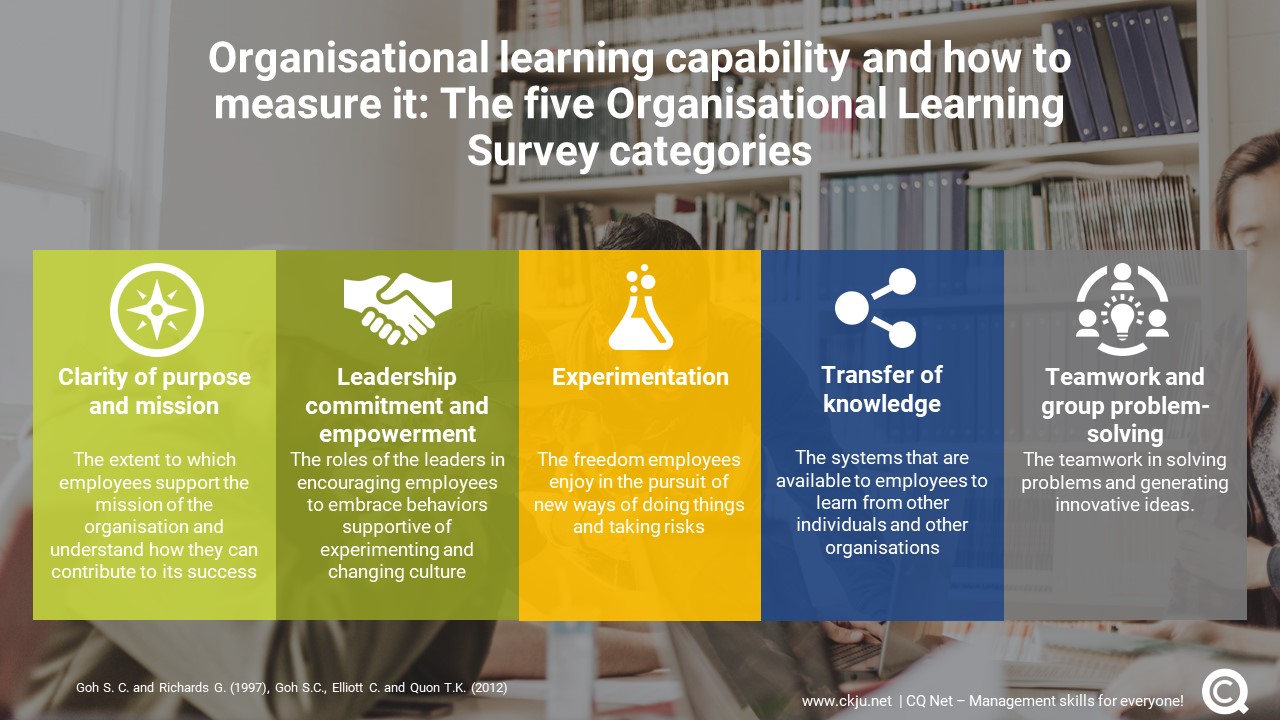- Blog
- CYA undermines performance
Contents
- When “shit hits the fan” an issue causes major deviations
- Why the “cover your ass” phenomenon is the worst way to deal with issues
- Why does CYA harm an organization?
- Divide and conquer: It weakens your organization
- Lack of organizational learning: It undermines learning and development
- Vicious circle: It will get more frequent over time
- Good people will leave: High performers will leave first
- Increased absenteeism rate: People get sick and the risk of burn-out increases
- Why do people apply the CYA phenomenon?
- What can you do against the CYA phenomenon?
- References and further reading
The worst approach to deal with an issue is the “cover your ass” phenomenon also referred to as CYA. Driven by fear and a toxic work environment, it undermines performance and drives away high performers.Dr. Markus Nini
When “shit hits the fan” an issue causes major deviations
At times organizations can be hostile places. This especially applies when things don't work out as expected. Since organizations are complex systems and face an even more complex environment, errors and deviations emerge more often than one might think.
As long as the emerging issues isaresmall and don't undermine stakeholder expectations too much, they are usually accepted or neglected. It is simply not a priority to deal with them compared to other topics, seemingly more important topics higher up on the agenda.
Things change once the issues at hand start to get momentum. This is usually the case when an issue causes deviations with a considerable negative impact on an individual, team or the organization as a whole. Examples include broken IT-systems, major customer complaints, product quality issues, and erroneous projects due to time and/or budget overruns.
When “shit hits the fan”, so to speak, people usually start to shift from daily business into emergency mode. While this might sound dramatic at first glance, it is not overly bad as long as people don't get hurt and the issue isn't big enough to put the organization in harm's way.
Quite the contrary, such bad situations are common in organizations that deal with high-end technology, complex projects and an ever-changing environment. Once an organization faces such a situation, you should ask the following questions:
- Why did the issue get momentum at all?
- How does the organization deal with the issue?
- How does the organization make sure the issue doesn't come up again?
In this article we will consider the second question: how can an organization deal with the issue. Interestingly, it is this question which also determines the answers to questions one and three.
Why the “cover your ass” phenomenon is the worst way to deal with issues
The worst approach to deal with an issue is the “cover your ass” phenomenon, also referred to as CYA. What is the CYA phenomenon? In a rare publication about the CYA phenomenon, Charney (1993) provides the following definition:
"For to cover one's ass may mean, on the one hand, an overt tactic--as in protecting or shielding one's posterior (keeping it covered) from exposure and potential attack before something goes awry; or, on the other hand, a covert tactic--as in hiding or concealing one's posterior (covering it up) to evade responsibility or deflect blame after something has gone awry."
Individuals always walk a fine line in organizations in terms of serving the organization, or serving and protecting themselves. On the one hand, they know that collaboration pays off and appreciate social relationships as a fundamental psychological need. On the other hand, there are (evolutionary) forces such as fear (Kish-Gephart et al., 2009) and the desire to protect one's status, job and reputation when things go awry.
When the desire to get out of the line of fire takes over, people usually engage in some sort of CYA behavior. Let us look at some examples.
A customer complains because of a quality deviation in a recently bought product. The key account manager who is in contact with the customer immediately creates a written complaint that blames to production department for the quality flaw.
A customer engagement team loses an important sales pitch to a competitor. The sales and engineering teams blame each other for being the reason why the order was lost instead of conducting a thorough analysis about the sales loss together.
An important project milestone is at risk due to supply chain issues. The production, purchasing and planning team start an infight about who is responsible for the looming delay.
Does that sound like daily business? Then you should start to worry about it. In almost all chases, CYA does more harm than good. Why?
Why does CYA harm an organization?
Organizations work best when all members pull in the same direction while having the freedom to challenge the way things are done (Vries, 1999). While this sounds straightforward, it is not. It takes years and hard work to develop a mediocre organization into a high-performance organization.
When people engage in CYA behavior, it is a clear sign that your organization does not operate at its full potential.
Divide and conquer: It weakens your organization
In the military, one of the utmost priorities is to disintegrate the enemy such that synergies between single units on the battlefield diminish. This “divide and conquer” approach is the same that happens when people engage in CYA behavior. Energy required to develop the organization to the next level flows into infighting, finger pointing and destructive coping strategies.
Lack of organizational learning: It undermines learning and development
A key requirement of individual and organizational learning is social support and framing problems as opportunities (Bell et al., 2017). CYA behavior is the opposite. Instead of engaging in collaborative problem-solving activities, people try to evade responsibility or deflect blame (Charney 1993).
Vicious circle: It will get more frequent over time
Why should you worry about single cases of CYA behavior in your organization? Because it is the starting point of creating a toxic organizational culture that will inevitably lead to more CYA behavior (e.g. Barker and Carter, 1990). As soon as people recognize that blaming, finger pointing and destructive politics are a legitimate means of dealing with problems, at least a part of them will adapt it.
Good people will leave: High performers will leave first
Of course, not all employees will get accustomed to dealing with issues according to the CYA phenomenon. Most probably, there will be people in your organization that will leave because they don’t feel comfortable anymore working in such an environment. Unfortunately, there is a risk that above average performers leave first.
Increased absenteeism rate: People get sick and the risk of burn-out increases
Last but not least you will experience an increase in the absenteeism rate as people start to get mental health issues and stay at home because they don't feel comfortable at work. As a result, less people must deal with more workload which opens-up the door for exhaustion and burnout.
Why do people apply the CYA phenomenon?
People usually don’t engage in CYA behavior just because they like it - except perhaps a minority with destructive personality traits. A sound selection and assessment process is the tool of choice to make sure they don't get into an organization from the very beginning.
One of the most important drivers of CYA behavior is fear. People are simply afraid of the consequences when they are somehow connected to an issue with a negative impact on the organization. The negative effect fear has on people is usually reinforced by destructive politics and an organizational culture that encourages punishment und unhealthy competition.
What can you do against the CYA phenomenon?
There are many ways to make sure people don't engage in CYA behavior. We have put together a set of suggestions you can easily implement in practice.
Frame issues as opportunities
Issues are learning opportunities. When you frame problems in such a way, people will start to look at them from a different angle. This will help to avoid the negative touch associated with the problem and instead will open-up opportunities to learn and develop.
Be a role model
Don't engage in CYA behavior yourself, even though others do it. Once people realize that it harms an organization, they will look for alternatives to deal with problems. Your approach could be the alternative one.
Foster psychological safety
When people don't feel safe in an organization, they will not take risks and speak-up about issues. This especially applies to teams. Foster psychological safety by encouraging active listening and creating a safe environment (Amy C. Edmondson and Zhike Lei, 2014).
Avoid the issue from the very beginning
The easiest way to avoid CYA behavior is to avoid the issue at all. We know that this is impossible, however by following our suggestions ,your organization will start to learn from problems and avoid their future occurrence. Instead of a vicious cycle, a positive spiral of individual and organization learning will be the result.
The CYA phenomenon is a warning sign that things aren't going in the right direction in your organization. The earlier you define and implement the right counter-measures, the lower the negative impact will be on people, culture and performance. Do not hesitate to get in touch if you need help in developing your organzation to the next level and in avoiding a toxic and negative work environment.
References and further reading
Amy C. Edmondson and Zhike Lei (2014) ‘Psychological Safety: The History, Renaissance, and Future of an Interpersonal Construct’, Annual Review of Organizational Psychology and Organizational Behavior, vol. 1, no. 1, pp. 23–43. DOI: 10.1146/annurev-orgpsych-031413-091305.
Barker, T. and Carter, D. (1990) ‘“Fluffing up the evidence and covering your ASS:” Some conceptual notes on police lying’, Deviant Behavior, vol. 11, no. 1, pp. 61–73.
Bell, B. S., Tannenbaum, S. I., Ford, J. K., Noe, R. A. and Kraiger, K. (2017) ‘100 years of training and development research: What we know and where we should go’, The Journal of applied psychology, vol. 102, no. 3, pp. 305–323.
Charney, D. (1993) ‘Uncovering the CYA ("cover-your-ass") phenomenon in organizational writing: initial findings’, The Free Library. Available at https://www.thefreelibrary.com/Uncovering the CYA ("cover-your-ass") phenomenon in organizational…-a014081996.
Kish-Gephart, J. J., Detert, J. R., Treviño, L. K. and Edmondson, A. C. (2009) ‘Silenced by fear:The nature, sources, and consequences of fear at work’, Research in Organizational Behavior, vol. 29, pp. 163–193.
Vries, M. F.R.K. de (1999) ‘High-performance teams: Lessons from the pygmies’, Organizational Dynamics, vol. 27, no. 3, pp. 66–77. DOI: 10.1016/S0090-2616(99)90022-0.
Top Rated
About the Author

Comments
Most Read Articles
Blog Categories
RELATED SERVICES










Add comment